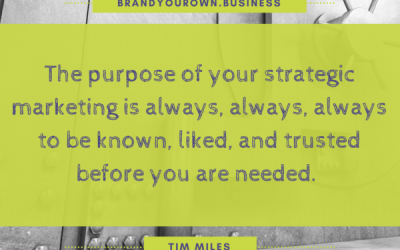Word of Mouth with a Bigger Mouth. That's a pretty accurate description of the non-traditional advertising options I use with WOWO radio that go beyond what any other advertising medium offers. Before I go into the details, I'm going to share a couple of highlights...
ScLoHo’s Collective Wisdom
TV Audiences Are Shrinking (still)
TV Audiences Are Shrinking was the title of a story I wrote a decade ago, and unfortunately, the major television broadcast networks are still getting clobbered. There was hope for some Television folks that in the age of cord cutting, as people dropped their cable TV...
Is Bigger Also Better?
I was recently asked to share an infograph with you which prompted what I am writing today, Is Bigger Also Better? I'm going to limit my thoughts on the subject to the business world and some personal insights too. First the infograph: Courtesy of: EP Capital Anything...
The Long Haul
The Long Haul. The Purpose of Your Strategic Marketing is Always, Always, Always to be Known, Liked and Trusted Before You are Needed. I just stole that, well borrowed it from Tim Miles because he is so on target with that statement that I want you to hear it from...
Women & WOWO Radio
Women and WOWO radio, a topic that I've talked about for nearly 15 years. Today, I have some insight that business owners, especially retailers need to know. When I started in the radio advertising business in Fort Wayne, Indiana in 2003, I worked for a competing...
Social Media Stats and Marketing
As many of you prepare your business for 2018 and are wondering about Social Media marketing, here's some numbers that were shared by Mediapost. Remember that these are just numbers and you really should talk to a professional about what this means for your...
The Answer is No
For most people who see, hear, or read your advertising, The Answer is No. And that is okay. Today we are going to talk about realistic expectations when it comes to advertising and marketing. Some of the people who sell advertising are not going to like what I am...
Survey Says: Where we get our News
A new survey of nearly 5,000 Americans sheds some light on where we get our news. Comparing 2017 to 2016, we see some slippage and some increases. Not surprising to me is that the increases are related to our pocket computers, those devices you and I call our...
Gone, In An Instant, All Gone
Lessons from Hurricane Harvey and Seth Godin that every business owner must learn. Sunday morning, after reading a few social media updates on Hurricane Harvey and checking the news sites, I was relieved to see that the friends I have in or near the path of the storm...









